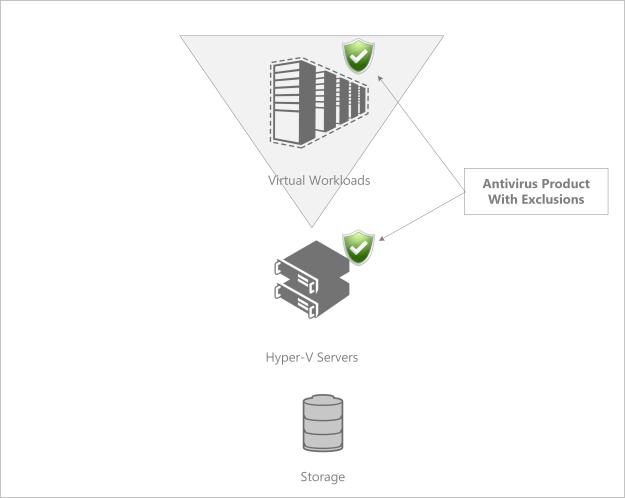Since the beginning of my career I used virtualization. As a Microsoft employee I used for my projects Virtual Server 2005, 2005 R2, Hyper-V 2008,
2008 R2, 2012 and now 2012 R2. I also know and respect very much the VMware products/solutions.
Now that the next “big thing” seems to be the cloud computing, I found that I’m a Private
Cloud expert! (thanks to my knowledge of System Center suite that completes the
Microsoft/VMware virtualization platform and achieve the Private Cloud solution) and I also
found that I was not aware about “the other side”: the Public Cloud.
So I started to learn the Microsoft Azure offering that is very interesting due to the tight
integration with the Microsoft On Premise/Private Cloud solution (aka Hyper-V + System Center
+ Azure Pack)
Now it’s turn to take a look to the competitors and due the fact that VMware is still
considering how to enter in the Public Cloud market, the best choice is to learn what Amazon
is doing with Amazon Web Services (that it’s the actual leader for Public Cloud solutions).
I recommend to start reading this short PDF (14 pages) published in 2008.
http://media.amazonwebservices.com/AWS_Cloud_Architectures.pdf The value of this doc is that shows in a really clear manner an example of how to use cloud
computing to create a reliable, scalable and efficient solution.
I love the fact that this document presents a real example and uses it to talk about every
single component of this solution and leads the reader to think about the technology used and
the best practices taken.
I think that the “GrapTheWeb” solution can also be created with Microsoft Azure with the
following architecture:
Microsoft offers an Hadoop clustered distribution service called Windows Azure HDInsight:
The AWS Hadoop offering is named Amazon Elastic MapReduce:
http://aws.amazon.com/elasticmapreduce/
To have an overview about the Microsoft Azure offering, take a look at this site:
http://www.windowsazure.com/en-us/develop/net/fundamentals/intro-to-windows-azure/
The Amazon Web Service overview can be found at this link:

